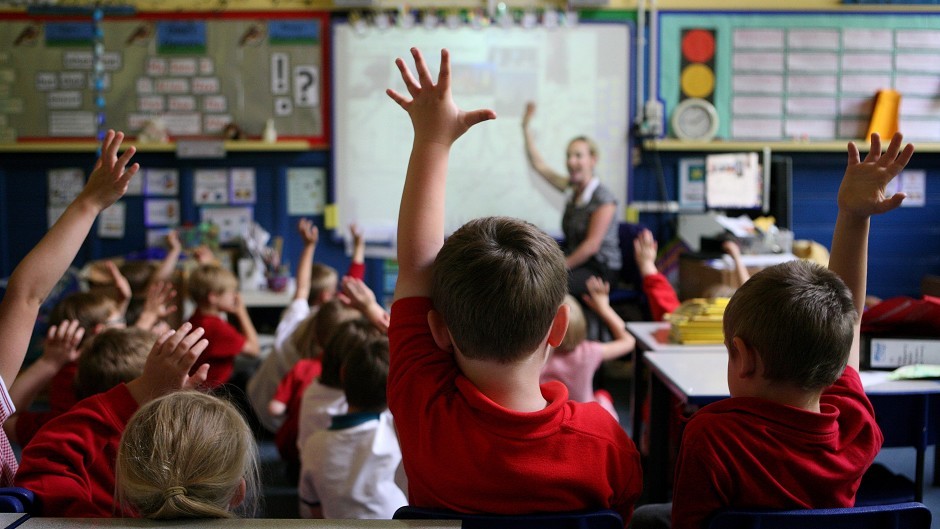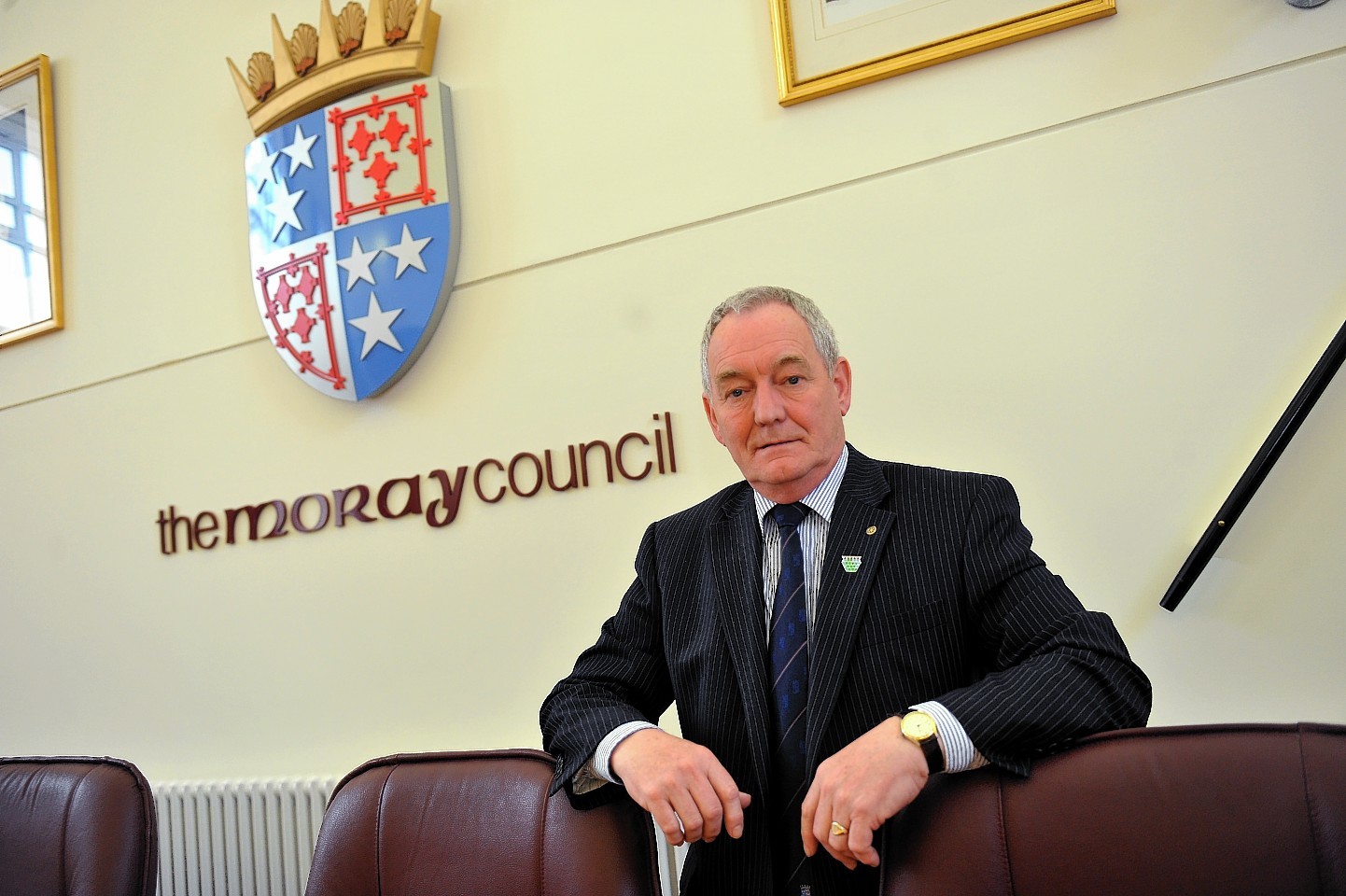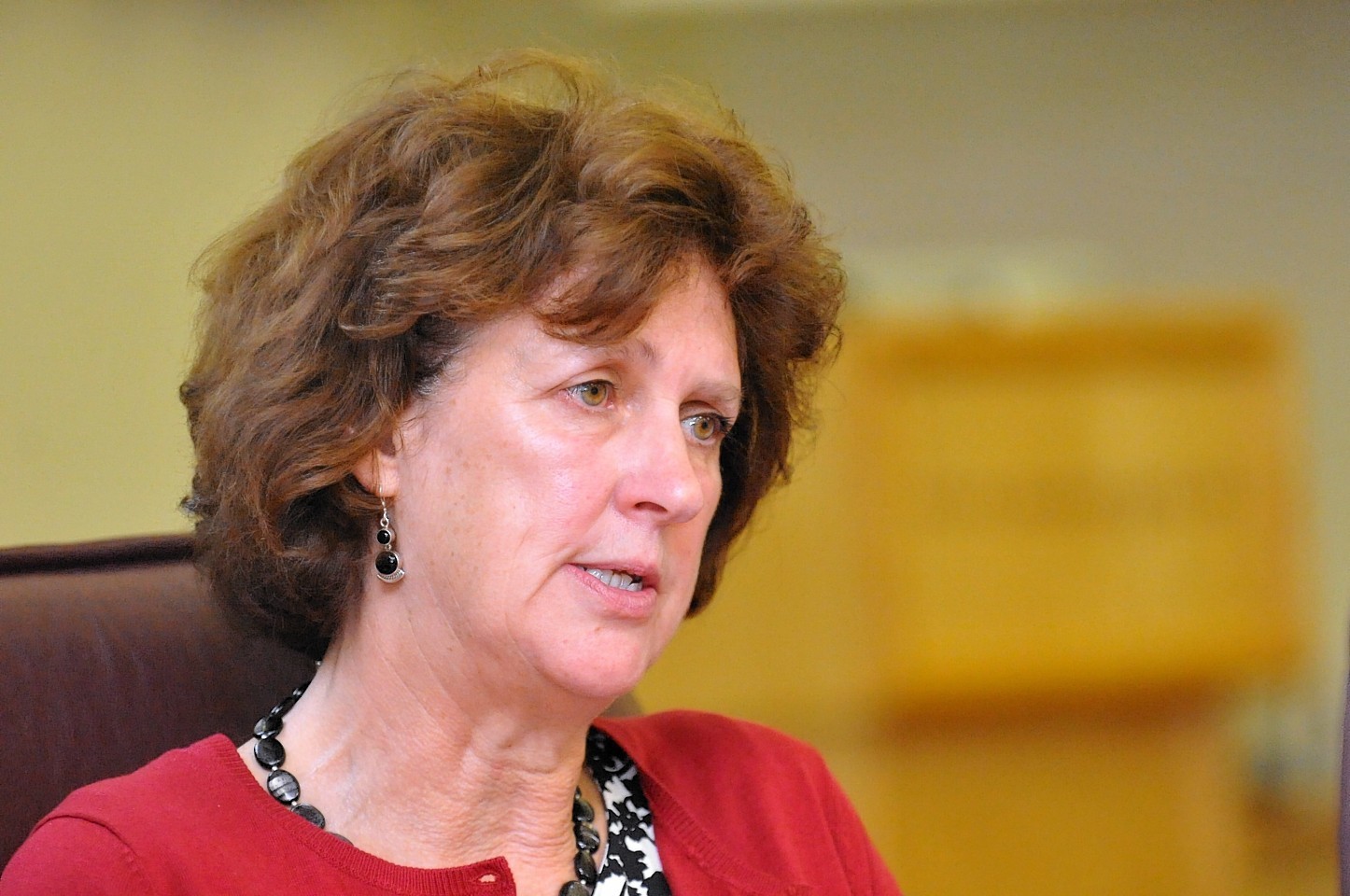Primary school class sizes could be increased as part of continued efforts from Moray Council to solve an urgent teacher vacancy crisis.
The local authority wants to raise the maximum number of pupils from 25 to 30 for primary two and three – a move which would free up eight teachers to plug gaps elsewhere.
However, the measure could leave the council open to possible financial penalties from the Scottish Government.
Larger class sizes will technically make it more difficult for the authority to meet the terms of a deal with Holyrood to maintain teacher numbers at a set level.
Last night, Scotland’s largest teaching union, the Educational Institute of Scotland (EIS), said it was “very disappointing” the council has been forced to look at moving to larger classes.
But council convener Allan Wright said that the “top priority” had to be filling vacancies.
Local government umbrella body the Convention of Scottish Local Authorities (Cosla) has already described the deal between councils and the government on teacher numbers as a “Hobson’s choice” – with a risk of hundreds of thousands of pounds being clawed back by Edinburgh.
There has also been some dispute about the argument that attainment and class sizes are connected.
However, there is a belief locally that the measure will give the authority breathing space while it works to fill 70 teacher vacancies across 53 primary and secondary schools.
Moray Council has agreed – along with other Scottish local authorities – with government to maintain a pupil/teacher ratio of 12.5 even though the current ratio is 12.56.
If councillors agree to increase P2-P3 classes for the next two years at a full council meeting on Wednesday, the ration will go up to 12.6.
Director of Education Laurence Findlay admitted the staff shortages kept him awake at night and said he was ready to go back into the classroom if necessary.
If the council fails to maintain the agreed pupil/teacher ratio by September’s national teacher census, it will have to hand back £730,000 – its share of £41million in extra government money.
Local authorities that maintain teacher numbers will get a share of a further £10million in December.
Mr Wright acknowledged there was a financial risk attached to the strategy, but said the differences in pupil/teacher ratio were marginal.
“Our top priority has to be trying to get these teacher positions filled,” he said.
“If we can recruit during the year between now and September when the audit is done, then we can perhaps get back down.”
One possibility is by recruiting from within service families in the area if restrictions are eased making it easier for English qualified teachers to teach in Scotland.
Anne Skene, chairwoman of Moray’s children and young people’s services committee, said it would be “really unfair” if the council had to hand back cash to maintain teacher numbers through no fault of its own.
“Our fear is that we could be penalised because we don’t have the number of teachers that fit the requirements just because we can’t recruit them to this part of Scotland,” she said.
Susan Slater, secretary of the Moray EIS branch, backed the government policy to stabilise teacher numbers, which Cosla compared to having a “gun at your head”.
“It is very disappointing they are in a situation where they are having to consider increasing class sizes,” she said.
“We fully understand the urgency to fill vacancies that cannot be filled at the moment.
“At the end of the day we cannot have an attainment, an achievement agenda without maintaining the ratio of pupils to teachers.”


